Ahead of the curve
Doctoral students tackle the big questions

Twenty years ago, Emory’s School of Nursing leadership had the foresight to create a doctoral program that would build the ranks of nurse scientists and help address the nursing shortage and the dearth of faculty needed to teach new generations.
To mark the PhD’s anniversary, this issue looks at the program’s flourishing growth in research, its students’ and graduates’ novel and creative approaches to nursing science, and their role in advancing public health and the health care system.
In the following pages, you’ll meet a nurse scientist using advanced technology to help farmworkers; a recent graduate and postdoctoral researcher asking questions about resiliency; and a former children’s minister mining big data for health disparities. They all show the potential impact of PhD work on both individual patients and health care as a whole.


ROXANA CHICAS
If not you, then who?


Roxana Chicas 16BSN RN has a soft spot for blue eye shadow. Her mother wore it the day Chicas, then 4, agreed to leave El Salvador and return with her to the United States.
When her mother initially fled to the U.S. to escape violence targeting women during the Salvadoran Civil War, Chicas was a baby. The 9-month-old remained behind in the care of her grandmother. A few years later Chicas’s mother visited El Salvador, and she asked her young daughter if she would like to live in the U.S. Chicas resisted until the grown-up allure of blue eye shadow swayed her.
When her mother initially fled to the U.S. to escape violence targeting women during the Salvadoran Civil War, Chicas was a baby. The 9-month-old remained behind in the care of her grandmother. A few years later Chicas’s mother visited El Salvador, and she asked her young daughter if she would like to live in the U.S. Chicas resisted until the grown-up allure of blue eye shadow swayed her.
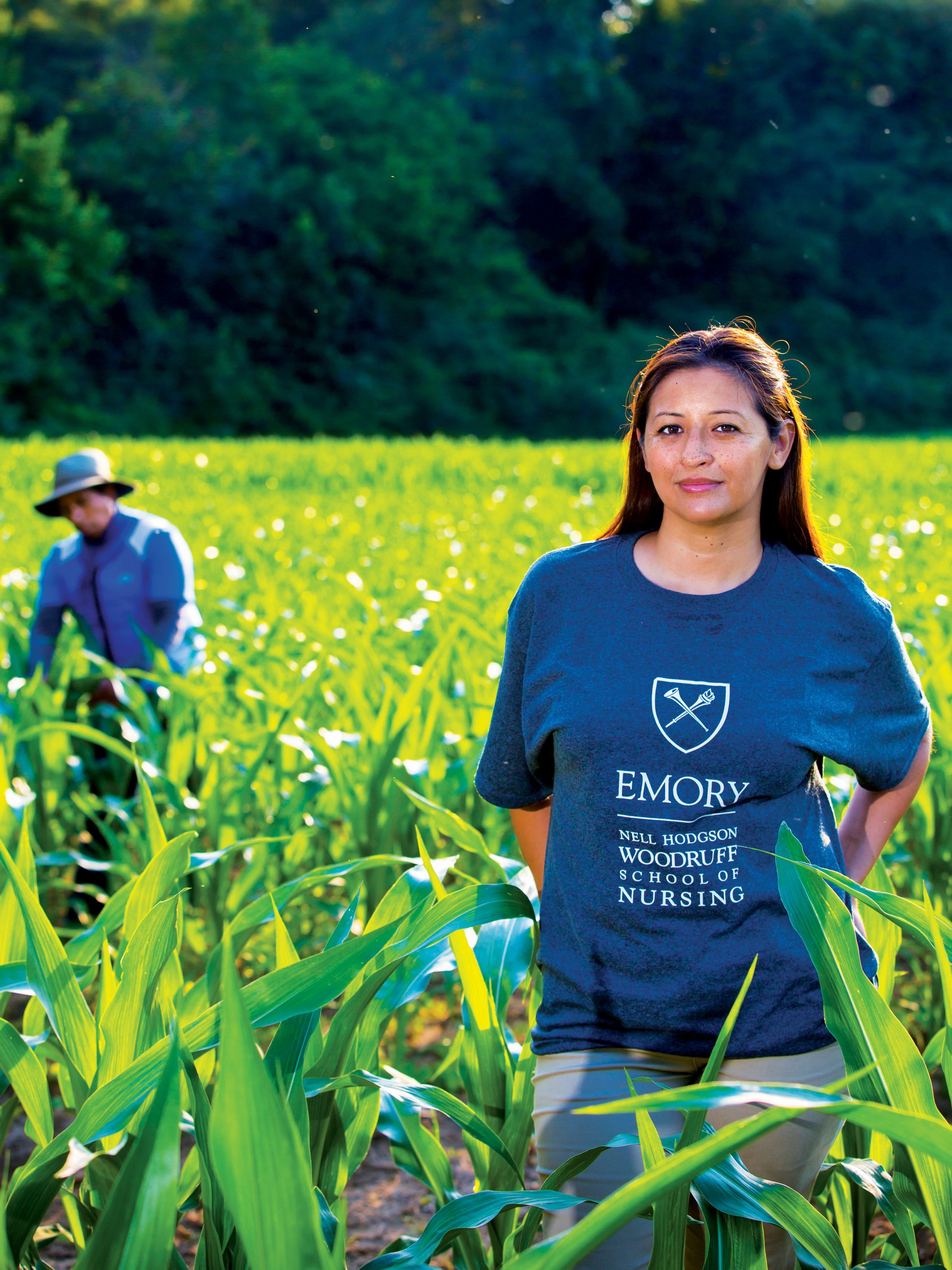
Roxana Chicas in a corn field at Mitcham Farms in Oxford, Georgia.
Roxana Chicas in a corn field at Mitcham Farms in Oxford, Georgia.
The next day, mother and daughter began their long journey, by bus and on foot, to a better life. Some 1,600 miles later, they waded across the Rio Grande River and entered the U.S. without legal authorization. “My mother carried me on her shoulders,” says Chicas, now 36 and a doctoral candidate at Emory’s School of Nursing.
The idea of becoming a nurse, let alone a nurse researcher, never entered her mind until a few years ago when a pediatrician named Gerald Reisman urged her to aspire beyond her comfort zone.
Chicas and her mother settled in the Atlanta suburbs after leaving El Salvador. Some years later, in 2001, President George W. Bush authorized Temporary Protected Status (TPS) for nationals of El Salvador, where two massive earthquakes had created a humanitarian crisis. Chicas became eligible for TPS, which allowed her to obtain a driver’s license and expanded her job prospects after high school. She eventually joined Dunwoody Pediatrics as a billing and referral coordinator, where she spent a decade assisting Spanish-speaking families and physicians like Reisman, who became her mentor.
“I was the unofficial interpreter, which brought me closer to patients and allowed me to see the dynamic between health care and families caring for children with chronic conditions,” Chicas says. “The families faced a lot of barriers—access to care, language, culture, and the bureaucracy of health care and insurance and understanding what it all means. I was able to help both the providers and the patients. I felt fulfilled.”
The experience prompted her to consider becoming a medical assistant. Riesman had another idea—why not become a nurse? “That was the first time I saw myself as a professional,” Chicas says. “I had always thought of myself as an assistant.”
She began taking online courses at Georgia Perimeter College (GPC) and applied to its nursing school. But her dream hit a snag when she was denied admission because of her TPS, which must be renewed every 18 months.
Immigration attorney Charles Kuck worked pro bono to help Chicas successfully gain admission to nursing school at GPC, setting a precedent for all TPS applicants.
“I worried about what my nursing professors would think, and I was determined to do well and earn good grades,” says Chicas. “I got a 96 on my first test.”
One day, two Emory School of Nursing professors visited GPC to talk about the new Bridges to the Baccalaureate Program, funded by the National Institutes of Health (NIH). The program, a partnership between Emory and GPC, would prepare minority students for careers in nursing practice and research. Students would moveto the BSN program at Emory after completing an associate degree at GPC. Interested graduates could then pursue a doctoral degree.
Intrigued, Chicas turned to Reisman at Dunwoody Pediatrics for advice. “If not you, then who?” he told her.
When Chicas began her BSN studies at Emory in the spring of 2016, she was 33 years old and several months pregnant. She delivered her daughter between spring and summer semester and graduated cum laude in August 2016.
Her professors encouraged her to enroll in the fast-track BSN to PhD Program, intended to produce PhD-prepared nurses faster to reduce the national shortage of nursing scientists and faculty. She’s had the opportunity to study heat-related illness among agricultural workers, teach students as a clinical instructor, and advocate on behalf of Hispanic nursing students, locally and nationally.
When Chicas learned she had been accepted into the PhD program and Dean Linda McCauley would be her adviser, she thought it was a mistake. “I knew about her occupational health research with agricultural workers, but it never crossed my mind that I would work with the dean,” she says. “My peers already had a defined research question. I didn’t have a research question yet.”
When they met, the dean assured Chicas that her question would evolve as she learned the dynamics of working on a research team and how to approach problems scientifically to identify and fill knowledge gaps.
“The dean made me feel comfortable right away,” says Chicas. “She took me on as her student, knowing I couldn’t get NIH funding because I don’t hold a Green Card. I could be a collaborator regardless. We talk a lot about equity in the nursing school. The school and the dean made me feel equal.”
After delving into the program, Chicas developed her research question: What type of heat interventions can agricultural workers use while working in the field to maintain their body temperature at the recommended threshold of 38 degrees Celsius (100.4 degrees Fahrenheit)?
She conducted a pilot study to test two interventions—a cooling bandana and cooling vest—on Florida farmworkers. Only two similar studies had previously been conducted worldwide, one of them in a simulation lab. Chicas is in the midst of analyzing her data and writing her dissertation.
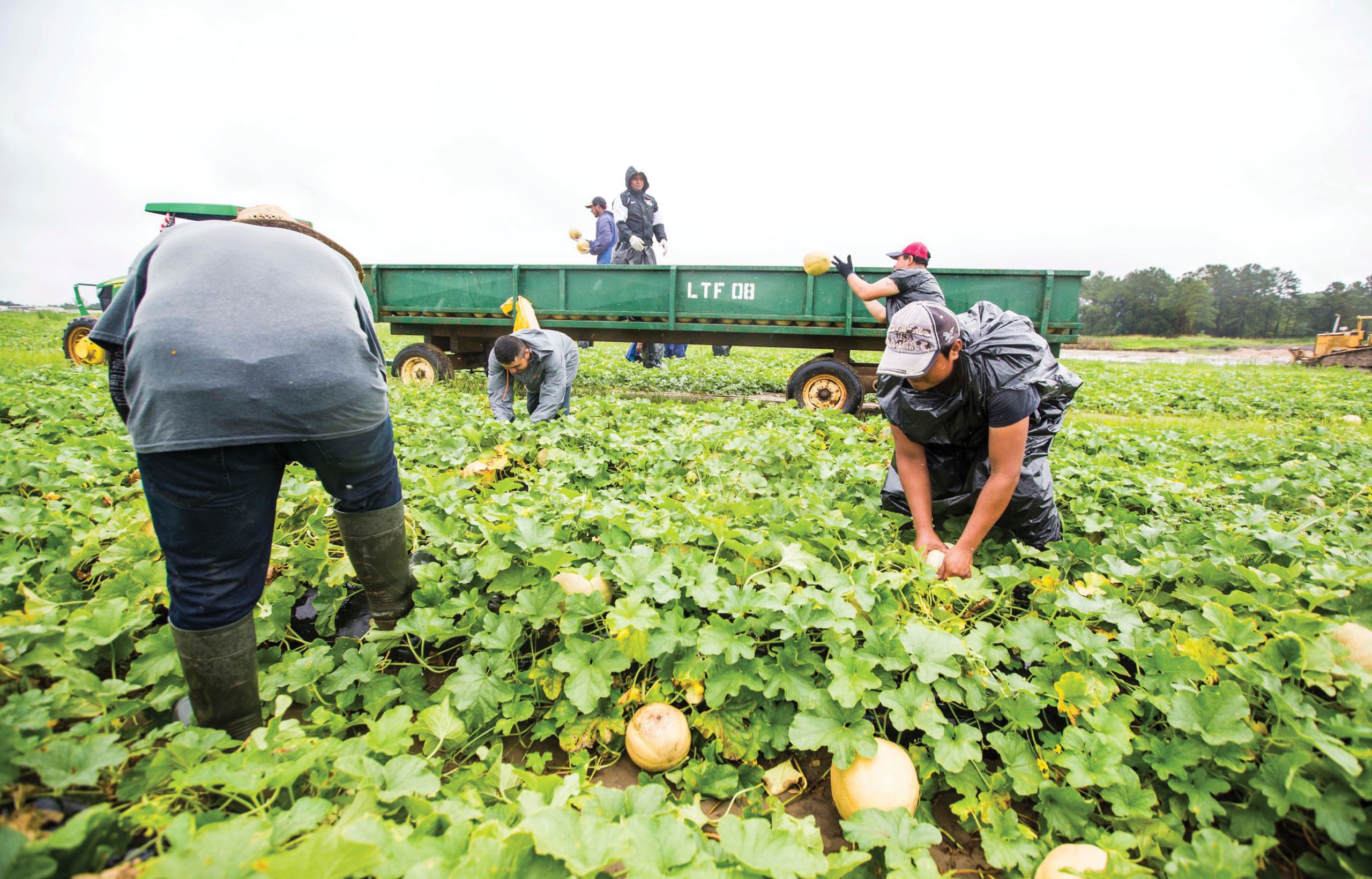
“It was important to test these interventions in the field to see if workers will wear them, whether they interfere with their work efficiency, and whether the vests keep their temperature under the threshold,” says Chicas.
“If their temperature is above 38 degrees Celsius, they are working with a fever, even though they don’t have an infection,” she continues. “Their symptoms are like those that accompany a fever—body aches, headaches, dizziness, and nausea. And they are more likely to die of heat-related illness. To suffer or die from something preventable is a reflection of the failure of society to protect its vulnerable workers.”
Four organizations funded her research, including the National Association of Hispanic Nurses (NAHN), which holds special meaning for Chicas. Her Aguilar-Cuellar-Toben PhD Dissertation Grant Award is a first-time award for NAHN and the first time it has been given to an undocumented resident. Until this year, NAHN criteria stipulated that scholarship recipients had to be a U.S. citizen or hold a Green Card.
In November, the Georgia chapter of NAHN will cohost a youth leadership conference with the Latin American Association at Emory. The conference will bring Hispanic middle and high school students to Emory to learn what the university has to offer. Some attendees are likely to be first-generation college students like Chicas.
Upon learning this year’s conference would be held at Emory, she suggested the school promote nursing as a profession.
“I didn’t know that I could be a nurse when I was younger,” says Chicas, who is raising two boys from El Salvador and her daughter while keeping an eye on a federal court case that could revoke TPS for El Salvador residents. “We need to start putting that spark in students to let them know they can be nurses or any other professional. We need to let them see nurses who are building a minority workforce that represents the Hispanic population in the United States.” —Pam Auchmutey

Teaching the teachers: Emory’s TATTO Program sets up nursing scientists to lead in the classroom
If you want an Emory PhD, you must get a tattoo.
All doctoral students go through the Teaching Assistant Training and Teaching Opportunity (TATTO—pronounced “tattoo”) Program, administered by the Laney Graduate School, before they can begin dissertation research. “It’s designed to be progressive,” says Associate Dean for Academic Advancement Sandra Dunbar PhD RN FAAN FAHA FPCNA. “Students take on increasing responsibilities as they move through the program.”
According to PhD student Tommy Flynn, “TATTO is a fantastic example of how the School of Nursing and the Laney Graduate School are very intentional about building the right PhD program for each student. It’s one of the ways they help students stay focused on their long-term goals.”
TATTO consists of four parts; first, a short class that students must take before their first teaching experience. Covering the essentials of postsecondary teaching, it includes writing syllabi, grading, lecturing, leading discussions, and conducting laboratory sessions.
Each school within the university manages the three remaining stages of the program. For the School of Nursing, TATTO’s second stage addresses teaching strategies specific to the nursing discipline. Building on the summer class, it introduces curriculum, instruction methods, styles of learning, and classroom management. Participants learn about teaching styles and build a foundation for implementing classroom research.
In TATTO’s third stage, students take on a teaching assistantship, a controlled and carefully monitored first teaching opportunity. Supervising faculty members offer close guidance and evaluation.
Finally, students move into a teaching associateship, another teaching opportunity, but with added responsibility. Often, they co-teach a course, working with a faculty member in all aspects of the class.
The TATTO program gives School of Nursing
PhD students a leg up. Dunbar adds, “Not all PhD nursing programs offer this kind of teacher training opportunity. It helps our students be more marketable when they’re seeking a position, especially a faculty position.”—Lane Holman

TELISA SPIKES
I saw a need and wanted to act on it.

As a nurse manager of a health failure/post-open-heart surgery unit, Telisa Spikes 19PhD RN was puzzled by the number of young black women diagnosed with heart failure. Why so many, she asked herself, and why so young? After she watched a 29-year-old mother of three die of advanced heart failure, Spikes turned to research to get some answers. Five years ago, she entered Emory’s nursing PhD program, working with research mentor Sandra Dunbar PhD RN FAAN FAHA FPCNA, professor and senior associate dean for academic advancement, “who really pushed and stretched me.” Spikes loved it. Her NIH-funded dissertation focused on facilitators of adherence to hypertension medications. Her most surprising finding? Women who believed their hypertension was less serious were more likely to follow through with their medication regimen than women who believed the condition was more serious.
“When I think of resilience, especially in the lives of Africans Americans, it’s centered around faith.Here in Atlanta, nothing symbolizes this more than Ebenezer Baptist Church” — Telisa Spikes (pictured).
“My PhD education provided me astonishing amounts of knowledge and research skills,” says Spikes, “but I knew I wanted to gain even more skills.”
That meant a postdoc. This fall, the new nursing PhD will begin a two-year postdoctoral program in epidemiology at Rollins School of Public Health. She is formulating new research questions about resiliency and how coping behaviors could serve as a buffer against disease-related stressors like poverty, racism, and living in high-crime neighborhoods. The position is funded by a T32 research training grant from the NIH. Her long-term goal is to join a research institution, using her postdoctoral findings to investigate interventions for African Americans, both male and female, with or at risk for heart disease.
“I saw a need, and I wanted to act on it,” says Spikes. “Emory’s doctoral and postdoctoral programs are helping me do that.”—Sylvia Wrobel


In her own words: Sarah febres-cordero 17BSN and the phd program
I was a server and manager at Savage Pizza in Little Five Points for 20 years before deciding to become a nurse. I watched for many years as community members struggled with homelessness, hunger, and safety. I saw many people with drug and alcohol dependence and occasionally witnessed an overdose. While I did whatever I could—making sure none of our leftover food went to waste, keeping extra clothes and blankets in my car, and occasionally handing out cash—I felt frustrated and underequipped to help in a meaningful way.
Eventually, I decided to take real action and find a way to contribute to my neighborhood. Nursing seemed the obvious choice, and in 2014 I started my Associates of Science in Nursing at Georgia Perimeter College. While there, I was introduced to the Bridges to the Baccalaureate Program (BttB).
The Bridges program offered a unique opportunity to expand my knowledge of nursing science. Through the program, we were to attend Emory in the summers with the expectation that we would learn the skills necessary to become competitive applicants for the PhD in nursing program. In addition to courses on nursing research, we were also to seek out mentorship within the School of Nursing. Mentorship in the BttB was incredible. Professor Kate Yeager 12PhD RN FAAN and others were very influential. We were exposed to the School of Nursing’s research and had small, intimate classes conducted by Professor Jessica Wells 12PhD RN WHNP-BC.
Additionally, we were chaperoned by Cynthia Payne and Contessar Maddox of GPC. I clearly remember Cynthia Payne saying we had “won the nursing lottery” and that this was a-once-in-a lifetime opportunity.
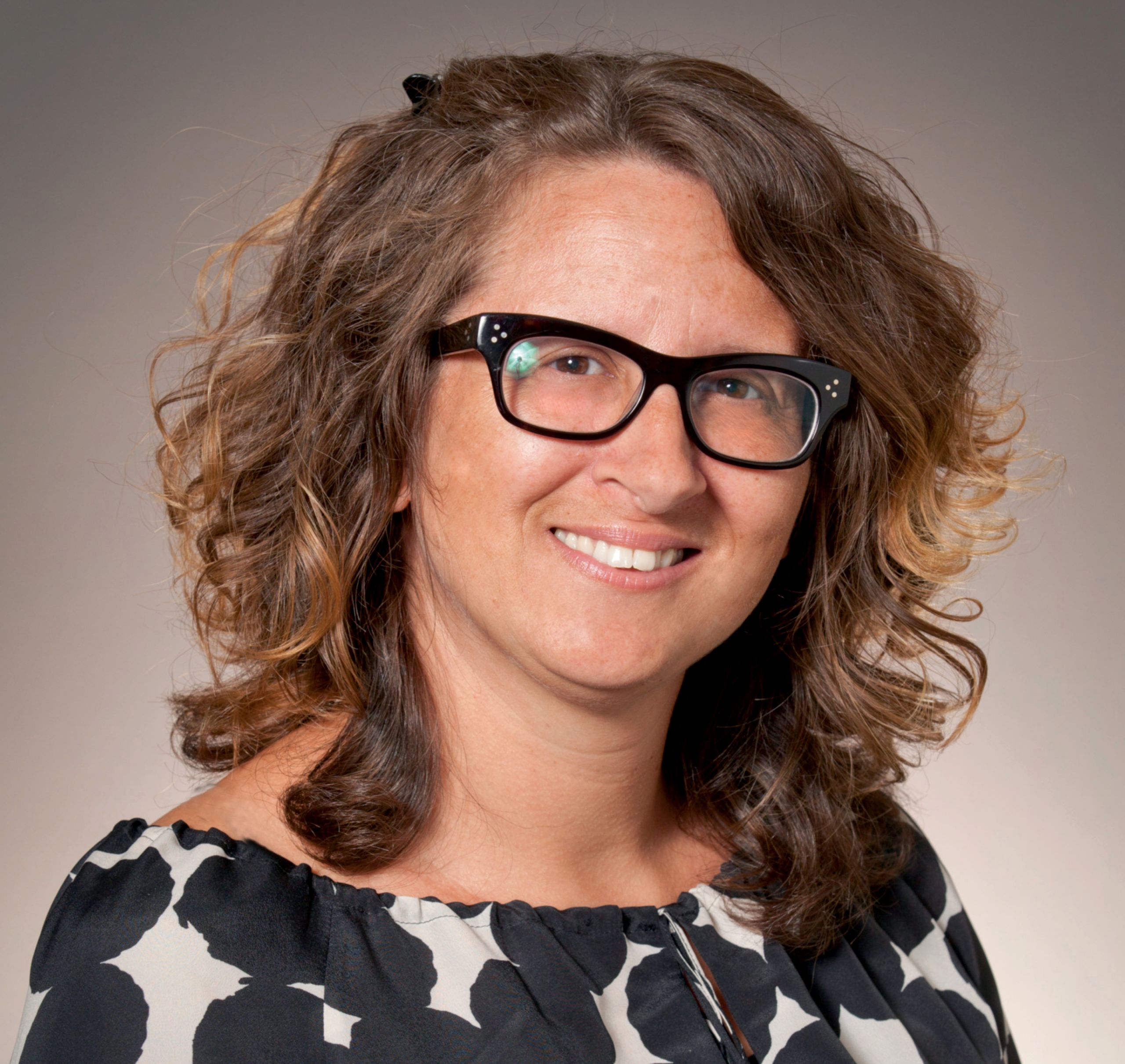
Sarah Febres-Cordero
Sarah Febres-Cordero
As great an opportunity as the BttB was, it took a considerable shift in thinking about the field of nursing. Originally, I planned to become a bedside nurse. The PhD program was a huge opportunity, but it meant I had to rethink my role as a nurse.
I had mixed feelings about going straight to the PhD from the BSN. Many of the mentors in my program insisted that it is not necessary to work at the bedside before training in nursing science, as the skill set is not the same. Not everyone agrees, and I believe this is mainly because nurses who worked in the field first were thought to have a more precise understanding of needs within the clinical population.
I admit that while in the BttB, I had my doubts about whether the path from BSN to PhD made sense. However, now that I am two years into the PhD program, I agree with Ms. Payne. I won the nursing lottery. Attending Emory has been the most enormous privilege of my life. This is the first time I’ve had so many women mentors to look up to, I have received a stellar education, and I have had the time to figure out what kind of nurse I am and what sort of nurse scientist I want to be.
It is not uncommon for students to begin nursing school not knowing which part of health care they wish to work in. I was no different. I had many interests but wasn’t sure where I belonged in health care. My original goal was only to get a job and find my way from there.
As a School of Nursing student, I have come to realize that I am a public health nurse who wishes to contribute to nursing science in harm reduction. I am committed to working with communities to reduce harms associated with drug use. As a trained nurse scientist, I can use my skills to develop interventions by using community-based participatory research. This will be the focus of my dissertation research—I will return to Little Five Points to evaluate the current understanding of overdose identification and Narcan distribution and use to save lives in the wake of the ongoing opioid epidemic.
Thanks to the BttB, Georgia Perimeter College, and Emory, I was given the time to learn, train, and think about my role as a nurse out in the world.
Since coming to the School of Nursing, I have been a research assistant, a research coordinator, a nursing simulation lab instructor, and a volunteer nurse in the community. Soon, I will be volunteering with the Atlanta Harms Reduction Coalition.
I am confident that the training I receive here will be of immense value. I am excited to work in harms reduction for my dissertation and hope to continue to contribute as a public health nurse scientist for many years.—Sarah Febres-Cordero 17BSN

TOMMY FLYNN
The world needs problem solvers.

“I got into nursing to help kids, and then I got into research to help nursing,” says Tommy Flynn 10BSN CPN, a former youth minister turned pediatric nurse. Flynn’s concern for children is heartfelt and comes through clearly anytime he talks about what motivates him.
“I loved working with kids, and I wanted to find a way to connect that passion with more tangible needs in the world around me, and that’s what I’m doing with my PhD research,” he adds. He admits that the more delayed gratification of research has taken some adjustment from his days as a bedside nurse.
Flynn was moved to action by challenges he encountered in his years as a nurse. “In providing care for children and their families, we do the best we can to work with a massive, unwieldy health care structure, but even then, there are still so many obstacles that get between people and their best lives. So a desire to work toward better models of care, better health care delivery, better quality of care, and better outcomes led me toward research.”
“The silver lining to the problems facing health care today is the vast potential for re-creation and innovation.” —Tommy Flynn (pictured)
These days, Tommy works with the School of Nursing’s Center for Data Science on his dissertation, “Measuring Health Care Equity: Network Analysis of Clinical Interactions,” looking at racial disparities in quality of care. “As a bedside nurse, I saw how attitudes and a lot of unintentional biases influence the way kids and families receive care and are treated, to the point that it impacts their outcomes and baseline health. I want to make sure that the health care people are getting is the same, regardless of where they’re from or who they are.” He points out that health equity is just one area of improvement. “The silver lining to the problems facing health care today is the vast potential for re-creation and innovation, in everything from the cost of care to the way information is handled to the way data is used to the way technology is implemented.”
Flynn speaks highly of his experiences in the PhD program at the School of Nursing, particularly the collaborative and interdisciplinary culture that he sees as very supportive of students. “Overall, the program has given me the tools and skills to think about complex problems and get excited about finding solutions for them rather than being defeated by them. The world needs problem solvers, and nursing, in general, is uniquely positioned to bring the patient’s perspective into the conversation about the future of health care.” Mindful of how nurses can help nursing, he adds, “It is critical that more nurses—health care’s convergent thinkers—move into graduate education and academia and research.”—Lane Holman


Jump-starting research careers | postdoctoral education in the School of Nursing
Nurses who want to prepare for the most complex research questions have an increasingly popular way to do it. The path is long, often grueling—and totally worth it, say the growing number of the School of Nursing’s post-doctoral fellows.
This spring, eight new PhDs graduated from the Nell Hodgson Woodruff School of Nursing, a school record. Half of them have gone on to post-doctoral studies, another school record. Two are doing advanced research in HIV at Columbia University’s School of Nursing. One is focusing on aging and caregiving at Vanderbilt, and another is working with heart disease in minorities at the Rollins School of Public Health. Since 2005, another five of the School’s PhD graduates have completed post-docs at Duke, University of Alabama, and Emory.
“A postdoc is a wonderful jump-start on a research career,” says Drenna Waldrop-Valverde PhD MS BA, director of graduate studies and interim associate dean for research in the school of nursing. “As a PhD student you learn research methodology and conduct studies under the guidance of your professors. As a postdoc, you take that experience and carve out your own niche." Such experience is especially important, she adds, for looking at complex questions—and for getting a foot up in the highly competitive world of becoming faculty in top research institutions.
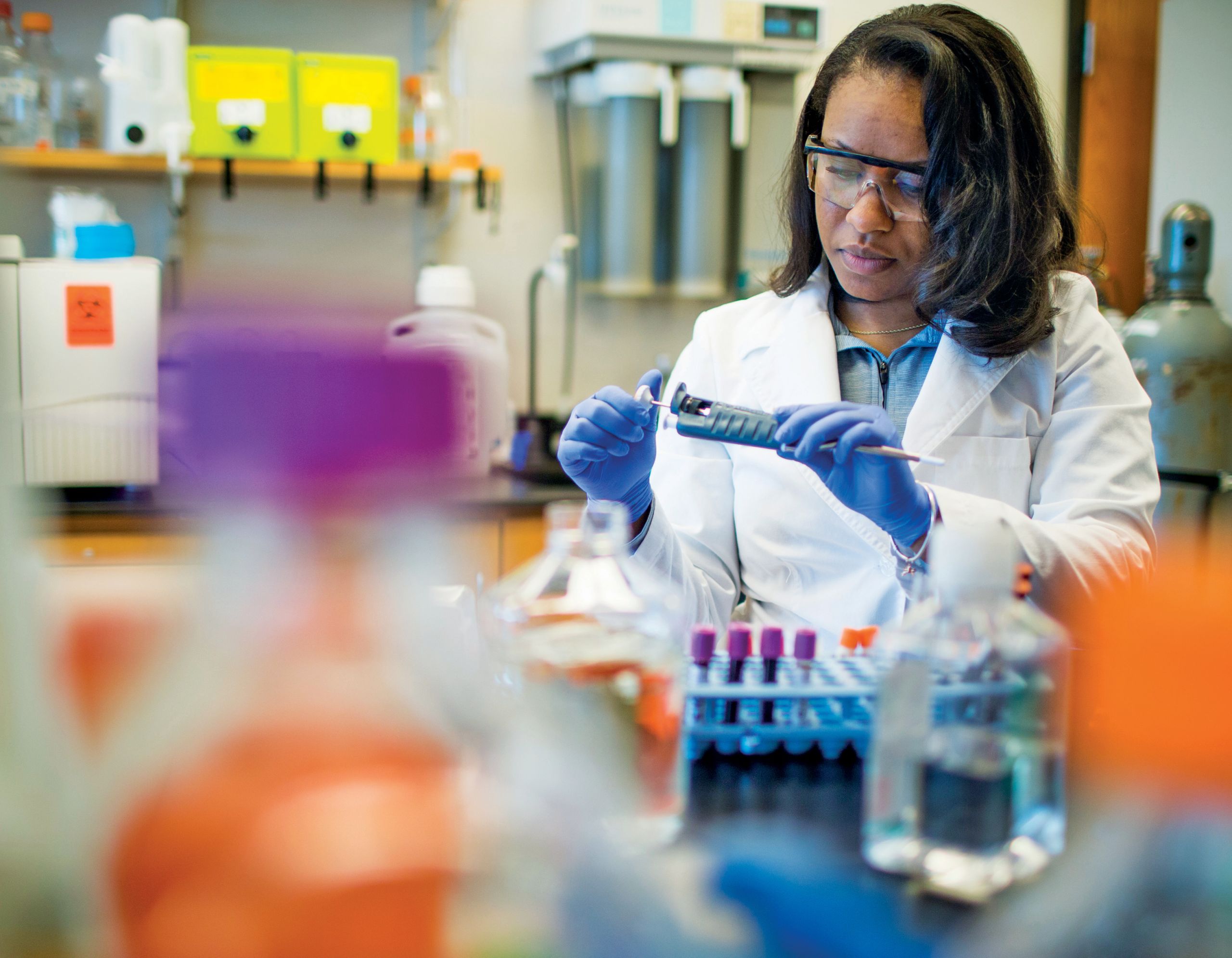
During Waldrop-Valverde’s own postdoc at the University of Miami, she conducted research on behavioral factors in seniors and others with HIV/AIDS. “It was amazing,” she says. “Two years with no classes or teaching responsibilities, just complete immersion in my research, with a mentor in the area where I wanted to grow and fill in gaps in my knowledge.”
Two of the five postdoctoral fellows working in the school are supported by National Institutes of Health T-32 training grants, awarded to institutions to develop or enhance research training opportunities. One such postdoctoral fellow is in her second year, studying HIV with her mentor, Professor Marcia Holstad PhD 77MN FNP-BC FAANP FAAN. Another is beginning a new two-year postdoc studying aging and caregiving, mentored by Professor Kenneth Hepburn PhD. Other postdoctoral positions are written into and funded as part of large grants awarded to individual faculty, specific to each faculty member’s research and usually posted on his or her own webpages. Two of the school’s current postdoctoral fellows work in cancer, mentored by Professor Deborah Watkins Bruner PhD RN FAAN.
The fifth postdoctoral position is funded by the School of Nursing itself. Focusing on LGBTQ health, it’s mentored by Professor Ursula Kelly Ph APRN ANP-BC PMHNP-BC. It is a post-doc to faculty position, meaning the student will join the faculty after completing postdoctoral training.
Although all these independently funded postdoctoral fellows may be working in different areas, both content and building-wise, with different mentors, they come together monthly in a meeting organized by Waldrop-Valverde. There they get to know each other, share experiences, and get guidance and additional mentoring in career development and grant applications.
Preparing for a career in nursing research takes persistence and grit, but Waldrop-Valverde says the school’s postdocs agree the long trajectory is well worth it. “You are doing what you love and you’ve earned a place at the table with people equally committed to making changes in things that affect the health of individuals and the community.”—Sylvia Wrobel

Emory offers two doctoral degrees in nursing, the PhD and the DNP.
What’s the difference?



PhD | Doctor of Philosophy
An intense learning experience designed to develop the next generation of nurse scientists and educators who will change the face of health care.
DNP | Doctor of Nursing Practice
For nurses and nurse-anesthetists seeking a terminal degree with a focus on clinical leadership grounded in evidence-based practice.
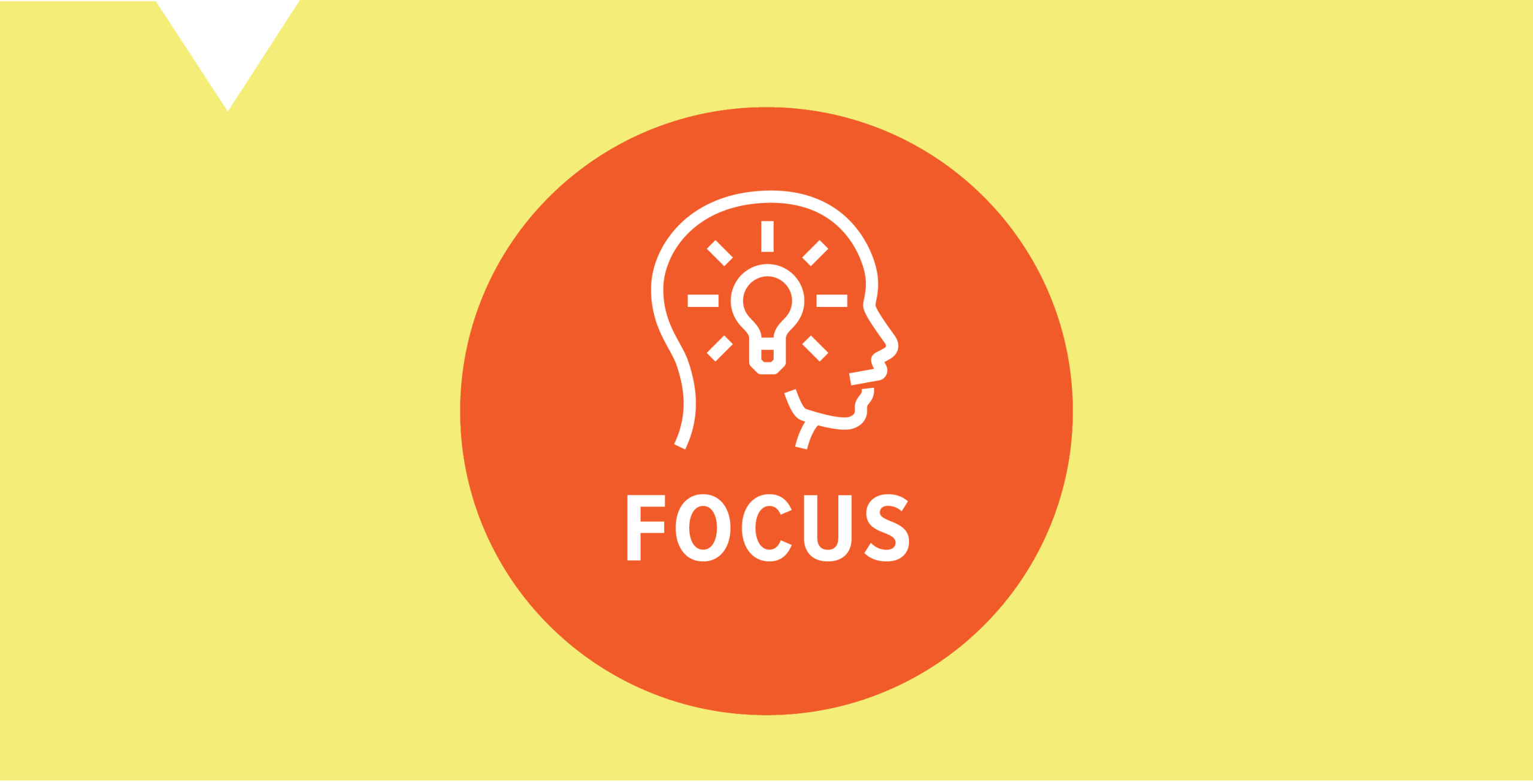
PHD | Nursing research, geared to building new knowledge and expanding nursing science. The PhD prepares students for the highest level of research.
DNP | Nursing practice, focusing on clinical careers, population health, and health system leadership. The DNP prepares students for the highest level of practice.
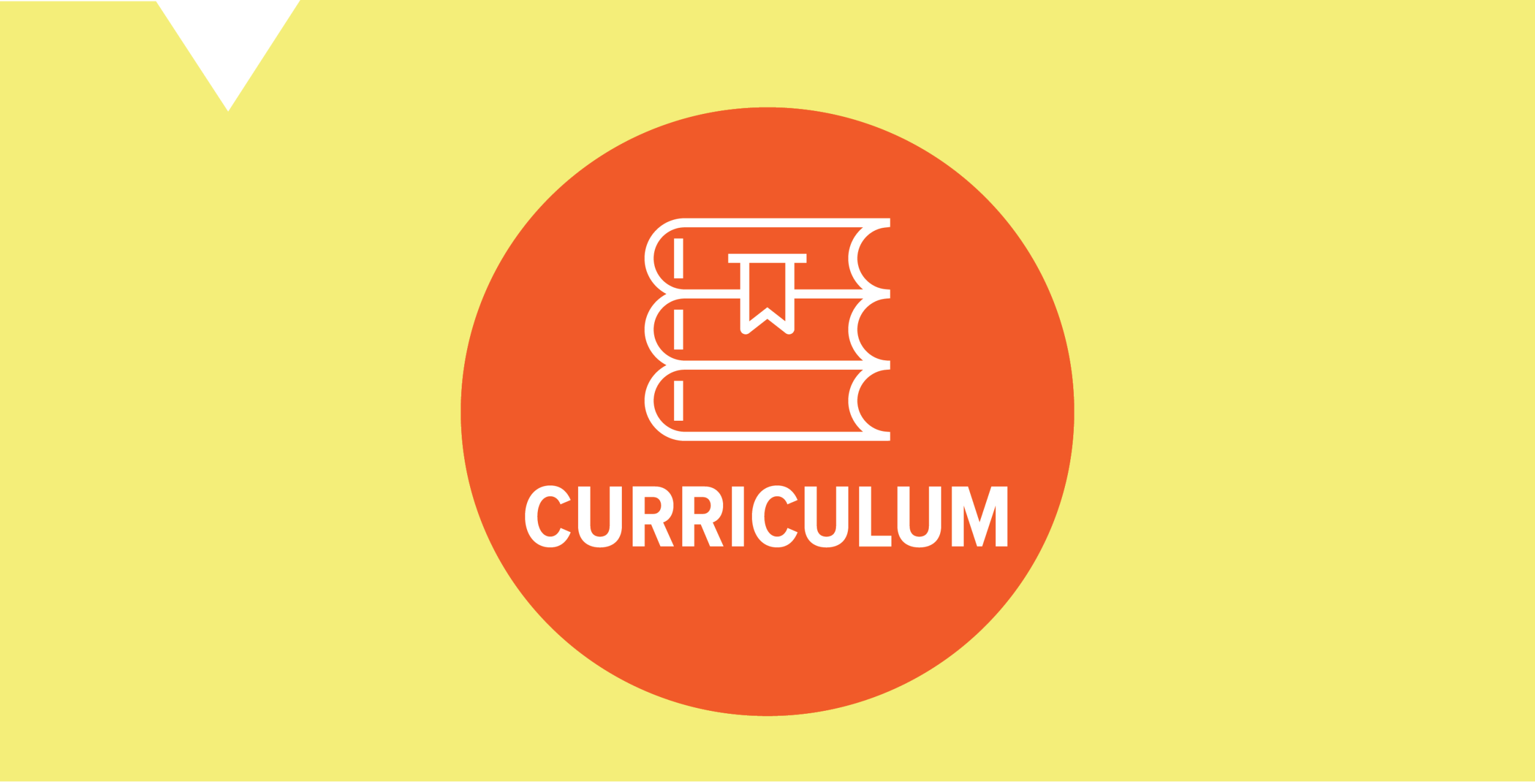
PhD | Coursework focuses on theory, analysis and statistics, and research. Students take electives, both within the School of Nursing and across Emory’s other schools, to support their research interests. Emory PhDs also take courses in teaching for higher education (see TATTO article above).
DNP | Coursework ranges from technology and informatics to health care policy and quality improvement to evidence-based practice and training in leadership.

PhD-prepared scientists research, analyze, and build nursing’s scientific knowledge base, and often teach in postsecondary settings.
DNP-prepared nurses oversee patient care to improve health outcomes. They focus on implementing nursing science.
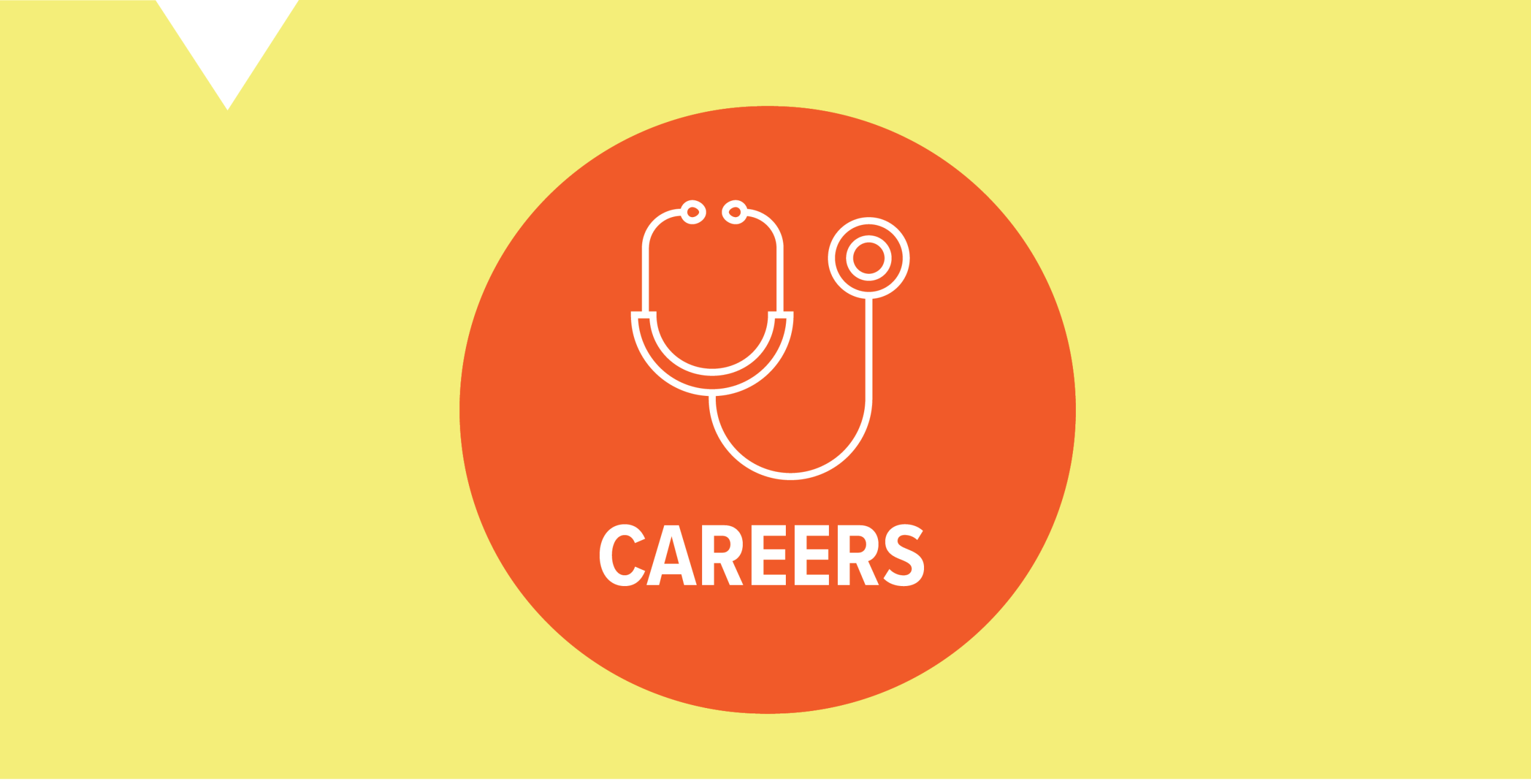
PhD | Academic professor, nurse researcher, health care facility educator, nurse scientist. PhD graduates also work in practice settings on the administrative side.
DNP | Health care facility advanced practice leader/practitioner, clinical educator, policymaker. DNP graduates also choose academic careers.

Editor | Lane Holman
Photography by Stephen Nowland and Kay Hinton
Designed by Linda Dobson


Want to know more? Please visit
Emory Nursing Magazine
Emory News Center
Emory University


